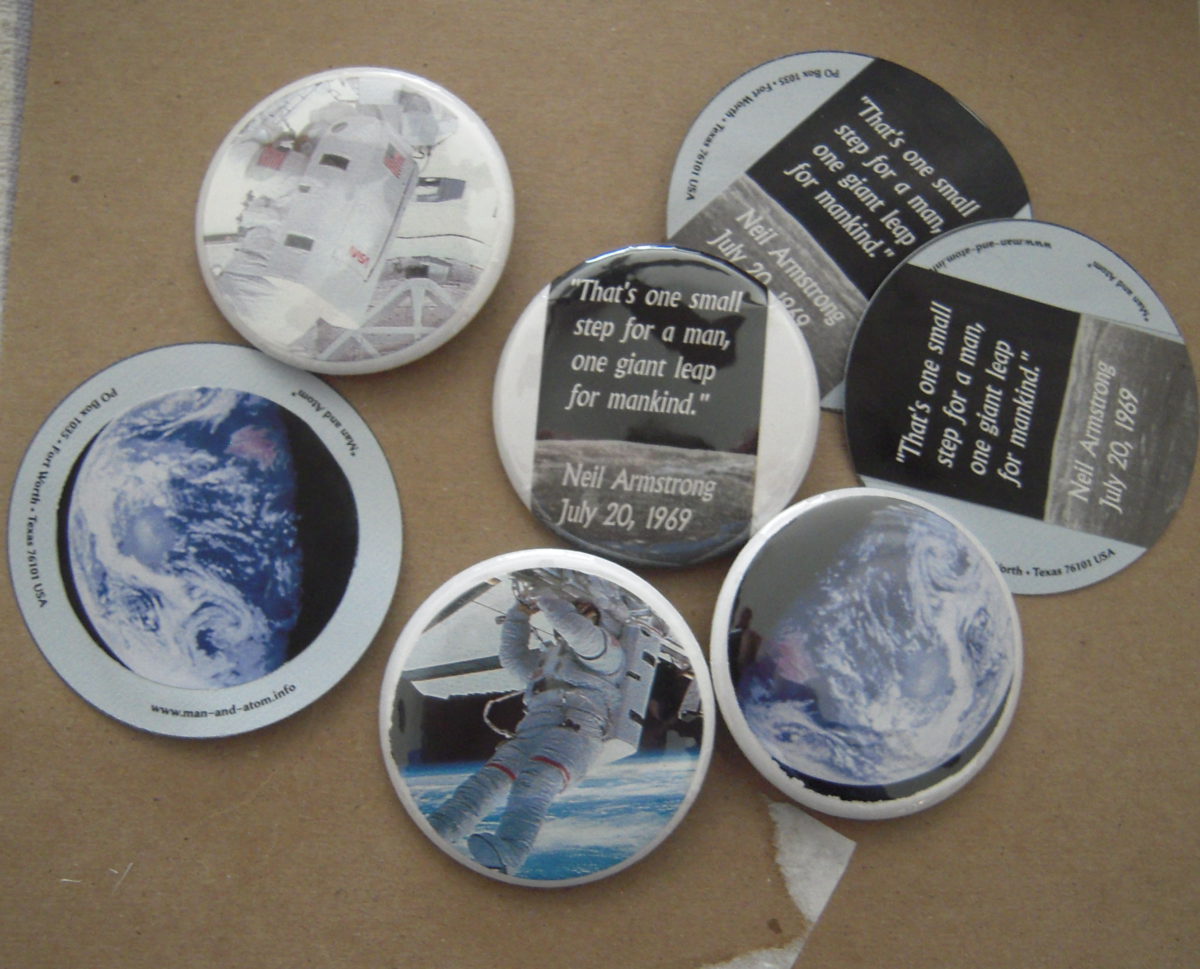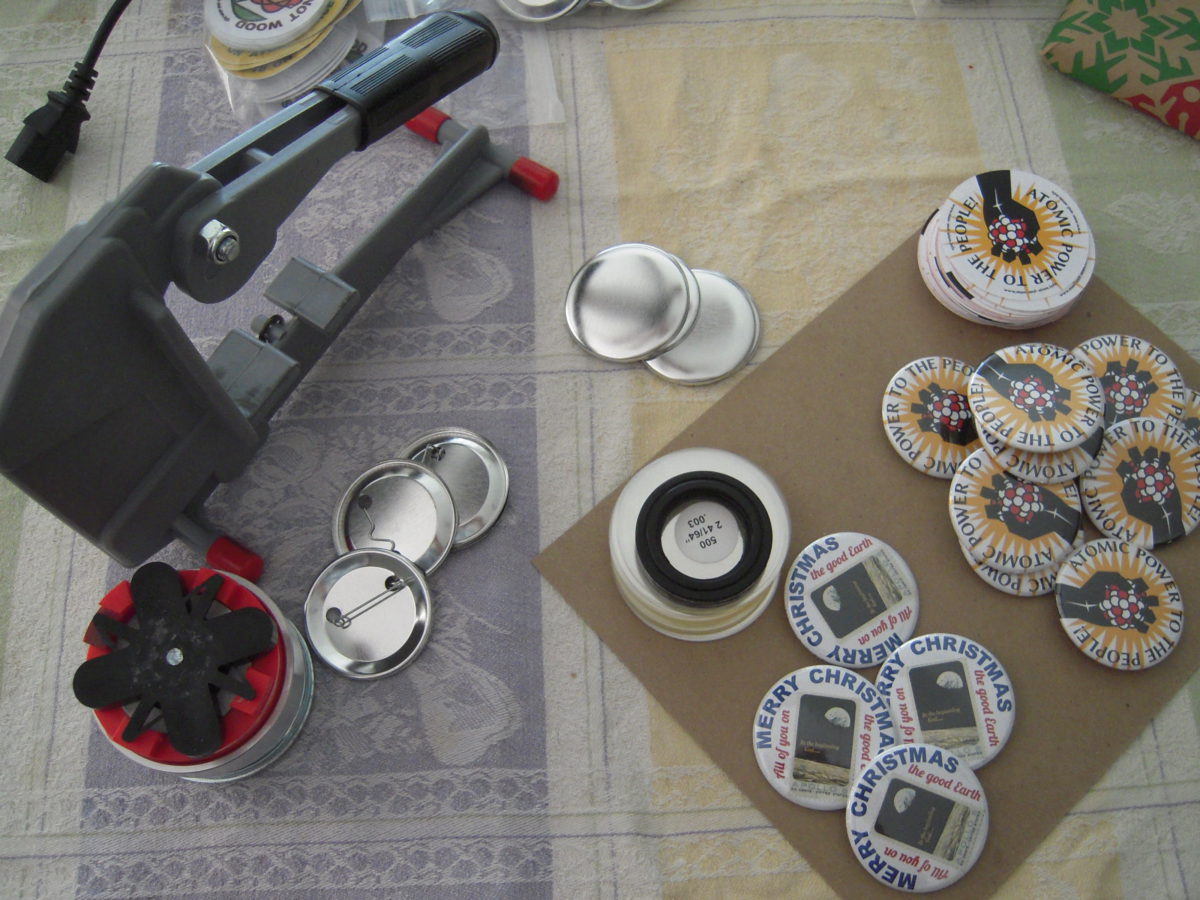The present world situation, it is clear, is unsatisfactory — although hopeful signs are there to be seen for those who will but look. But why are those who have it all the most unsatisfied? Also, mixed news from Canada, stupid news from Chile, and even stupider, colossally stupid, news from Britain ; new additions to our archive of scanned nuclear–energy public–information materials ; and if you’re going to be in the Dallas area 14—16 February, come up and see us at FenCon.
- Archive Recording
- 2025 ASFO Masterpost
- A Step Farther Out Masterpost
- Previous Week
- Following Week
- Patreon campaign
Supplementary Show
2025–01–28 “With these interlinkages of the lever and channeled energy, Man is now in the wealth–making business, which is to use his brain to get nature’s vast energy patterns to do the energy work of supporting and regenerating him.” More from Geosocial Revolution in Utopia or Oblivion.


